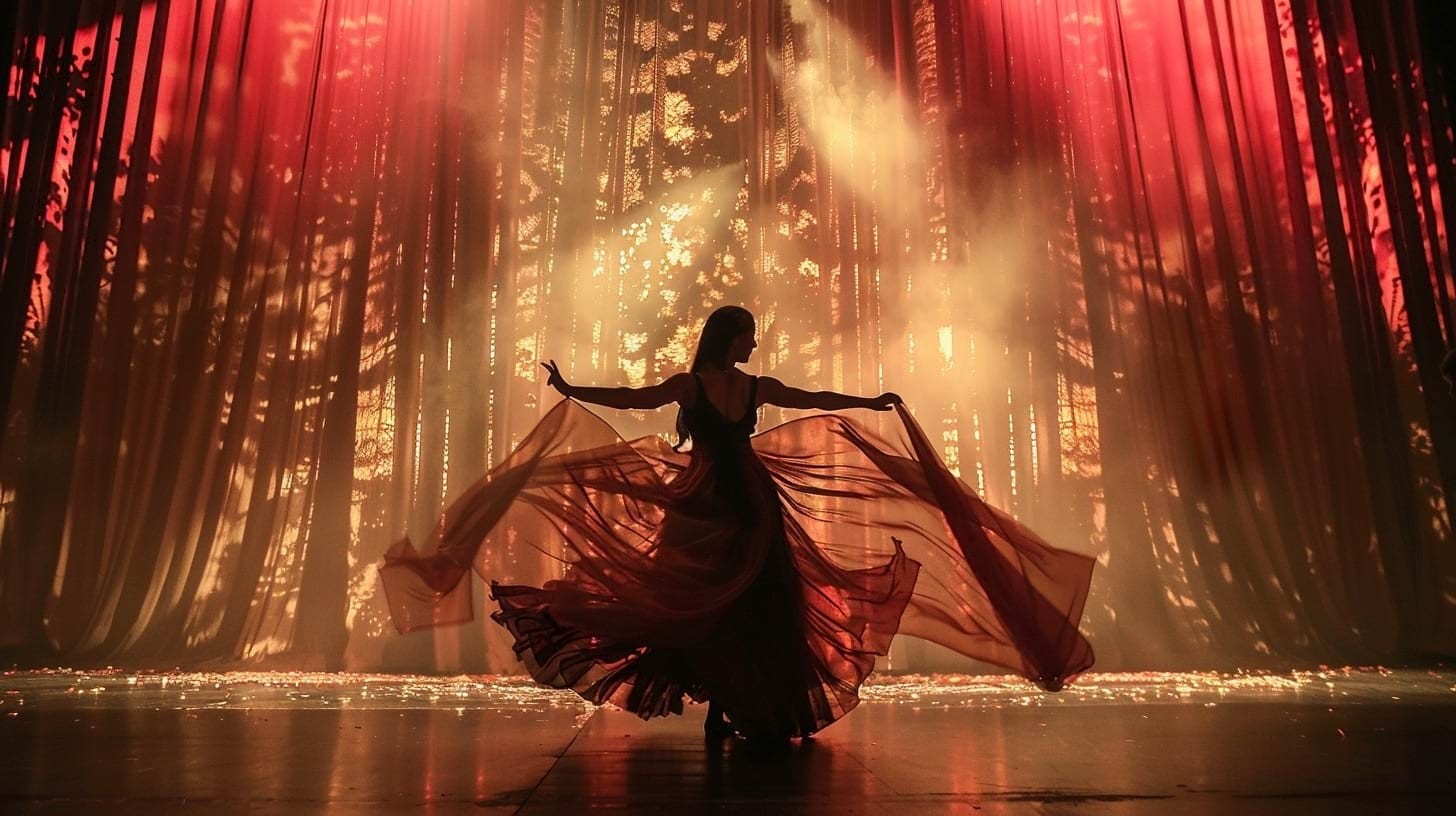The Artistic Confluence of Theater and Film
Let's delve into the confluence of theater and film, exploring how they have intertwined throughout history, influencing each other's narrative techniques, performance styles, and artistic vision


Theater and film, though distinct mediums share a rich history and a captivating ongoing dialogue. Both are powerful tools for storytelling, captivating audiences through a stunning blend of narrative, performance, and artistic expression.
Historical Crossroads 🎭
The interaction between theater and cinema can be traced back to the very origins of filmmaking itself. In the late 19th century, the pioneering works of the Lumière brothers drew inspiration from the theatrical traditions of vaudeville and melodrama, capturing simple narratives and staging performances on celluloid.
🗓️ This paved the way for early filmmakers such as Georges Méliès, whose fantasy films combined theater's whimsical spectacle with cinema's evolving tools. His early silent films featured theatrical sets, costumes, and exaggerated acting styles.
As cinema developed, so did its relationship with the theater. The rise of narrative film in the early 20th century led to a surge in screen adaptations. Pioneering studios such as Biograph and Pathé produced countless commercials based on popular plays, often starring famous stage actors such as Sarah Bernhardt. These adaptations played a critical role in establishing the narrative conventions of early cinema, including the three-act structure and dramatic character arcs.
In the 20th century, the influence of theater on cinema became increasingly noticeable. Legendary directors such as Elia Kazan, John Huston, and Ingmar Bergman have made transitions from stage to screen, bringing their expertise in character development, mise-en-scène, narrative techniques, and dramatic tension to the cinematic realm.
🎭 Iconic film adaptations such as “A Streetcar Named Desire” (1951), “The Maltese Falcon” (1941), and “The Seventh Seal” (1957) exemplified this artistic cross-pollination, captivating audiences with their rich narratives and unforgettable performances.
Bridging theater and film?
Filmustage streamlines script breakdowns, helping you translate stage direction into cinematic storytelling.
Artistic Expression and Technical Influence 🎥
The influence of theater on film extends far beyond narrative structure. Stagecraft elements like set design, lighting, and blocking have all been meticulously translated into the cinematic language. German Expressionist films of the 1920s, like F.W. Murnau's "Nosferatu" (1922), employed stark, stylized sets and dramatic lighting techniques reminiscent of theatrical productions. Even today, filmmakers utilize theatrical blocking techniques to guide the audience's visual focus and heighten on-screen tension.
Conversely, advanced cinematic techniques have undeniably impacted modern theater productions. The rise of film projection technology in the late 19th century stimulated the development of elaborate theatrical backdrops and scenic effects, blurring the line between stage and screen.
Today, many theater productions utilize digital projections, sound design elements, and even robotic stage machinery, all inspired by cinematic techniques.
Performance and Audience Dynamics 🎭😲
While theater and film share the common goal of engaging audiences through storytelling, their approaches to presentation differ significantly.
Cinema is primarily a visual medium. Theater, on the contrary, is a playful medium, that is, an environment rooted in the spirit of game and imagination.
However, although they share common storytelling techniques, they are two different art forms.
The biggest difference is that theater is a living and ever-changing art form while the film is being recorded, and therefore remains the same every time you watch it.

🎭 In the theater, actors must maintain their energy and presence throughout the live performance, interacting directly with the audience in real-time.
🎥 However, film actors rely on the camera's ability to capture subtle, intimate moments, allowing for multiple takes and the luxury of post-production editing.
👨👩👧👦 Theater cultivates a communal experience where audiences collectively share an emotional journey, while the film offers a more personal, immersive escape into different worlds.
Actors like Marlon Brando and James Dean, who transitioned seamlessly from stage to screen, had a remarkable ability to adapt their performance styles to each medium.
Future Trajectories: Evolution of Storytelling Techniques 🚀📜
Theater and film will undoubtedly continue to influence each other in unforeseen ways. The rise of immersive theater experiences, with interactive elements and audience participation, could potentially borrow from virtual reality technology pioneered by cinema. Similarly, the growing popularity of "live-action capture" technology, used in films like "Avatar" (2009), could see a future where theatrical performances are captured and projected in real-time to global audiences.
✨ The future of theater and film lies in a space of continual cross-medium influence and collaboration. As storytelling techniques evolve, both mediums will undoubtedly draw inspiration from each other.

Streamlining Storytelling Across Mediums 🎬
The confluence of theater and film has birthed some of the most enduring and impactful works of art in human history. From the grand spectacles of ancient Greek tragedies to the sweeping epics of modern cinema, these mediums have continuously enriched one another, pushing the boundaries of storytelling, performance, and artistic expression.
🚀 As you continue to navigate the ever-evolving landscape of filmmaking, consider leveraging the power of Filmustage, an AI-driven tool designed to fire your organizational processes.
Filmustage, a powerful AI-driven tool for filmmakers, can bridge the gap between theatrical and cinematic storytelling. With its script breakdown capabilities, Filmustage can help filmmakers translate complex stage directions into clear and concise cinematic language.
By streamlining the filmmaking process and fostering creative exploration, Filmustage empowers filmmakers to fully embrace the rich tapestry woven by theater and film, crafting narratives that captivate audiences on both the stage and the silver screen.
From Breakdown to Budget in Clicks
Save time, cut costs, and let Filmustage’s AI handle the heavy lifting — all in a single day.